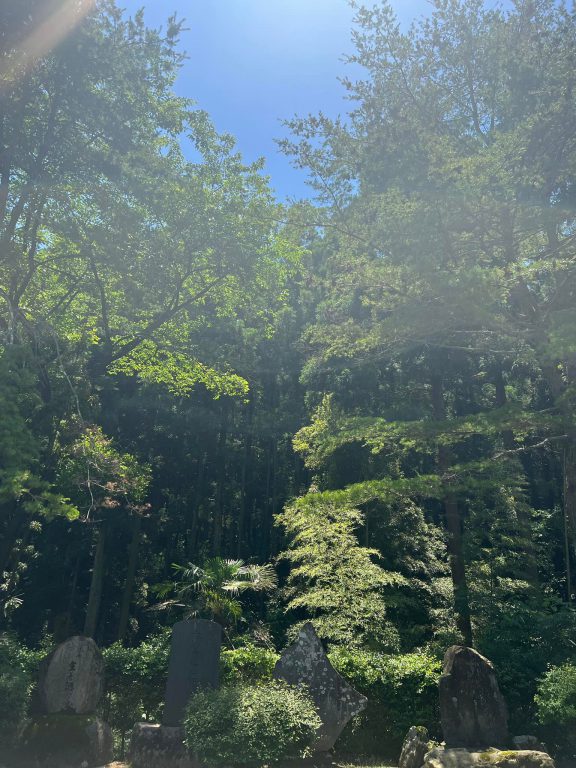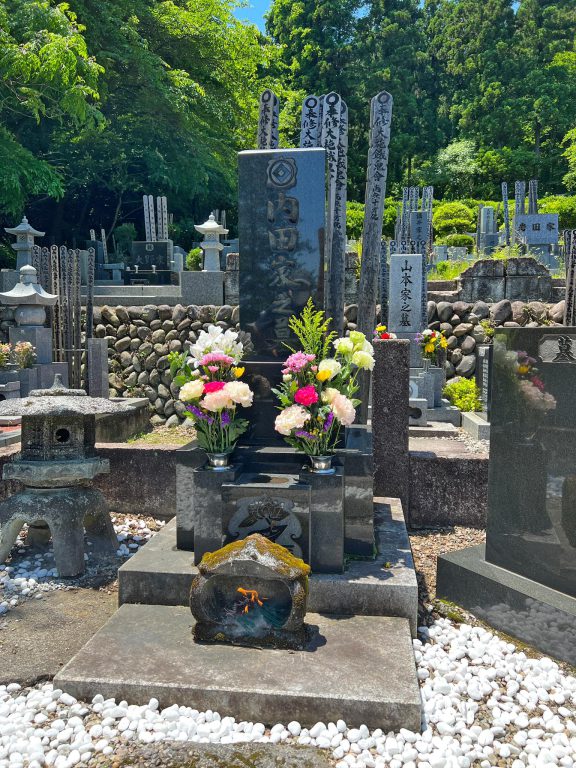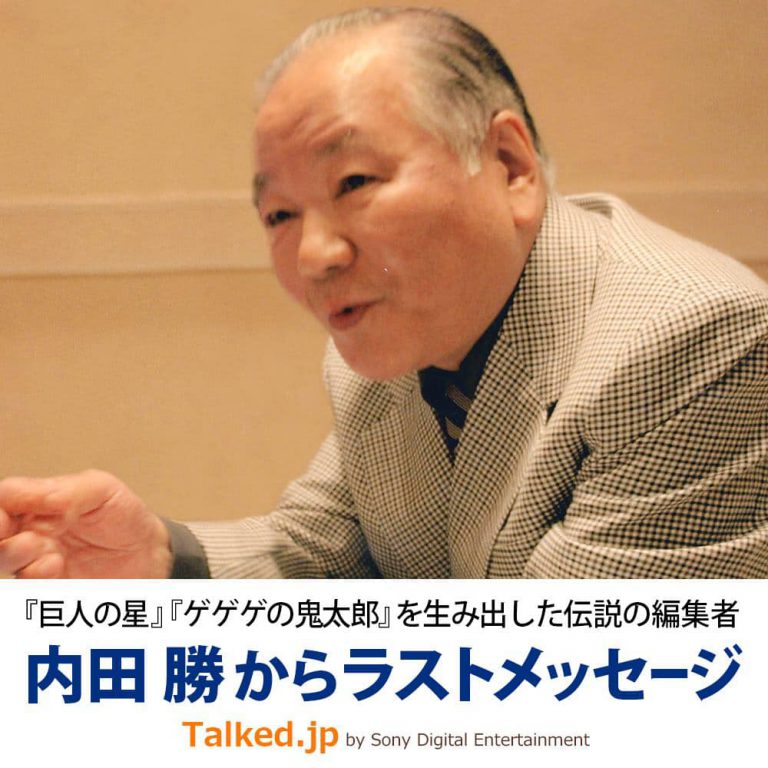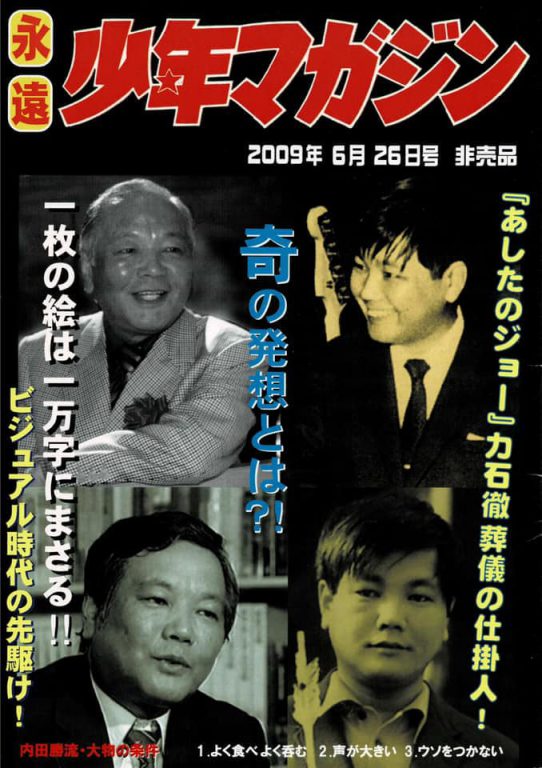It is the fifteenth anniversary of the death of Masaru Uchida, the genius editor of “The Star of the Giant,” “Gegege no Kitaro,” and “Tensai Bakabon.”

Today was the fifteenth anniversary of the death of Masaru Uchida, a genius editor and my mentor.
I was allowed to visit a grave in Echigo, Iruma City, Saitama Prefecture, after three years in Corona.
They were all there, including his wife, the three Uchida brothers and their respective families, and grandchildren.
In 1965, at the young age of 30, Mr. Uchida was selected as the third editor-in-chief of “Weekly Shonen Magazine” (Kodansha), and developed a full-scale story manga based on the original manga (Kajiwara Ikki), which the rival “Weekly Shonen Sunday” (Shogakukan) had not done. He successively produced “The Star of the Giant,” “Ashita no Joe,” and “Tiger Mask. He developed “Gegege no Kitaro” (based on “Kitaro of the Graveyard”) for Shigeru Mizuki, a picture story artist; a dramatic manga for Takao Saito; a comic book adaptation of “Ultraman” for Kazuo Umezu, a rental book artist; a media mix of manga and TV series for “Masked Rider” with Toei; and he brought Fujio Akasaka from “Sunday” to create the Fujio Akasaka was brought in from “Sunday” to draw “Tensai Bakabon”.
He also teamed up with Shoji Ohtomo to put “Ultra Q,” which had been put on hold by TBS, on the cover of a magazine before it was broadcast, creating the Ultra boom that followed. The duo’s work together produced countless hits, including the stamp and railroad booms, and within five years of becoming editor-in-chief, they increased circulation from 300,000 to 1.5 million, far outstripping their rivals.
Masaru Uchida, the author of many such innovations, had never read a single manga before becoming editor-in-chief. This is the face of a workman. He did not allow his editorial staff to read any of the rival magazines, but instead holed up in a ryokan (Japanese inn) near Kodansha and spent the entire night discussing themes and expressions that would fit the modern age. In contrast to Osamu Tezuka’s theory that “manga is a snack for children,” Mr. Uchida’s concept of “manga is a staple food for adults” continued to be successful. This is the foundation of Cool Japan.
In order to innovate, one needs the ability to formulate hypotheses (the ability to think of things that don’t exist), intense energy (climbing Mt. Fuji after a sleepless night of editing and not being able to open one’s eyes), and intellectual acumen (the ability to see people with a clear eye). Mr. Uchida was a genius who possessed all of these qualities.
Mr. Uchida used to say, “Three conditions for a leader.”
1. Eat and drink well (good health and longevity increase business opportunities)
2. Loud voice (good communication skills)
3. Do not lie (trust and credibility increase)
I met Mr. Uchida when I was at Sony with the launch of Animax, and he became the first advisor to Sony Digital Entertainment, which I founded. At that time, he told me, “I will give you advice, but I will not discuss it,” and looking back, I am grateful that he was coaching a new president. Since then, the presence of an experienced advisor has become indispensable to my management. Although it is the president who decides, the advice of the board members and advisors, based on history and experience, has become a management compass for me as well. (I am always grateful to the advisors at Speedy, including Mr. Naoki Sakai, Mr. Takaharu Ando, and Mr. Shinsuke Tsutsumi.)
◆ Notes
Read below for a transcript of a lecture he gave to employees in between his battle with cancer a few months before his death.
Last message from Masaru Uchida, legendary editor of “The Star of the Giant” and “Gegege no Kitaro” http://talked.jp/02/
◆May 30, 2008, the day I heard the news of Mr. Uchida’s death, blog
I am still standing in front of the letter Y….
◆About a magazine cover and a mysterious piece by Tadanori Yokoo








